World travel is almost impossible in 2020, but time travel is still allowed.
Close to the Alberta border in the BC Rocky Mountains lies the Burgess Shale, a spot where scientists and tourists regularly travel 500 million years back in time where you can enjoy breathtaking scenery and extreme hiking landscapes.
Life was a little different then: all the earth’s animals lived in the ocean, and most of them were smaller than your hand. But life was exploding, with new complex organisms developing at a rapid rate. And the Burgess Shale is a near-perfect snapshot of that time.
The fossils are surrounded by spectacular scenery high in the Rockies, and hiking the steep trails is no easy feat. Luckily, the Virtual Museum is just a click away. Learn about this incredible site where some of the world’s oldest and most complex fossils are preserved, and scientists continue to make new discoveries. Not only do the Burgess Shale fossils represent a unique moment in history, they’re also very well preserved. You’ll see both hard body parts and soft tissues, and get a better sense of life in the Cambrian period.
Did we mention the Burgess Shale is a UNESCO World Heritage site? It’s no wonder that both David Suzuki and Sir David Attenborough have made special visits!
Extreme Hiking: The Burgess Shale
If you’re keen to see the fossils in-person, start planning now! The Burgess Shale is snow-covered most of the year, and guided hikes from June to September sell out quickly.
There are three hikes into the Burgess Shale fossil sites: two in Yoho National Park and one in Kootenay National Park. A guided tour is the best way to experience the scenery, science and history of the site, and guides are mandatory at two of the three locations.
- Walcott Quarry: This strenuous hike in Yoho National Park travels 21 kilometres and is the equivalent of climbing up and down 234 flights of stairs! The hike begins at 1,510 metres and rises to more than 2,000 metres, so you may experience some fatigue due to a lack of oxygen — and then there’s the views, which will definitely take your breath away! Dr. Jean-Bernard Caron’s discoveries from the Walcott Quarry make it a popular spot for research scientists and tourists.
- Mount Stephen: The Mount Stephen hike is a bit shorter, clocking in at eight kilometres, but you’ll still climb nearly 800 metres up a steep mountainside. The site was first discovered by railroad workers in 1886, who reported finding ‘stone bugs’ in the shale. Fossils on this hike are easy to spot and fun to hunt, and many of the Trilobite Cambrian fossils you’ll see are ones that don’t occur at the Walcott Quarry.
- Stanley Glacier: This family-oriented hike in Kootenay National Park is your easiest option, but it’s still 10 kilometres round-trip with an elevation gain of 450 metres. It’s the only Burgess Shale hike that doesn’t require a guide, but if you hope to find, understand and appreciate these incredible specimens, a guided hike is recommended!
Parks Canada offers guided hikes to all three locations, and the Burgess Shale Geoscience Foundation runs hikes to Walcott Quarry and Mount Stephen. If you’re unsure which hike suits your abilities, both guiding groups invite you to get in touch to be sure you have a comfortable day on the trail.
***
Please note that current Provincial Health Protocols currently advise against travelling outside your region to help prevent the spread of COVID-19.
Plan your future adventures throughout the West Coast at westcoasttraveller.com and follow us on Facebook and Instagram @thewestcoasttraveller. And for the top West Coast Travel stories of the week delivered right to your inbox, sign up for our weekly Armchair Traveller newsletter!

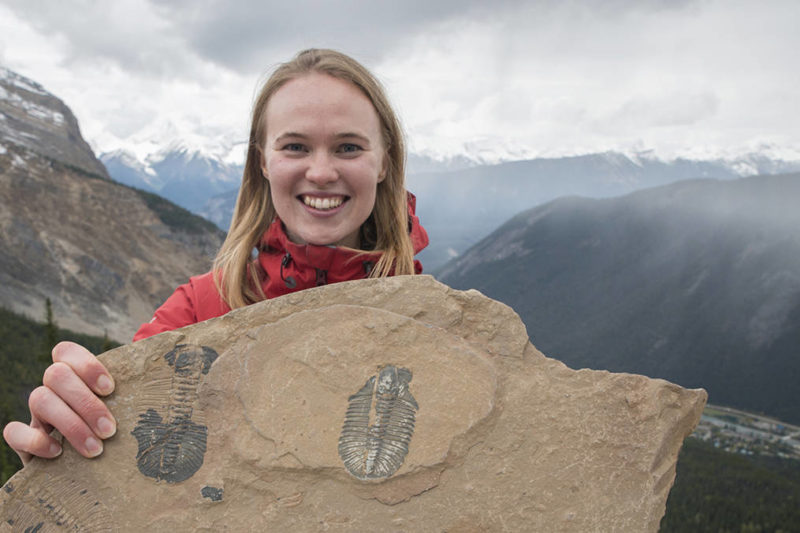
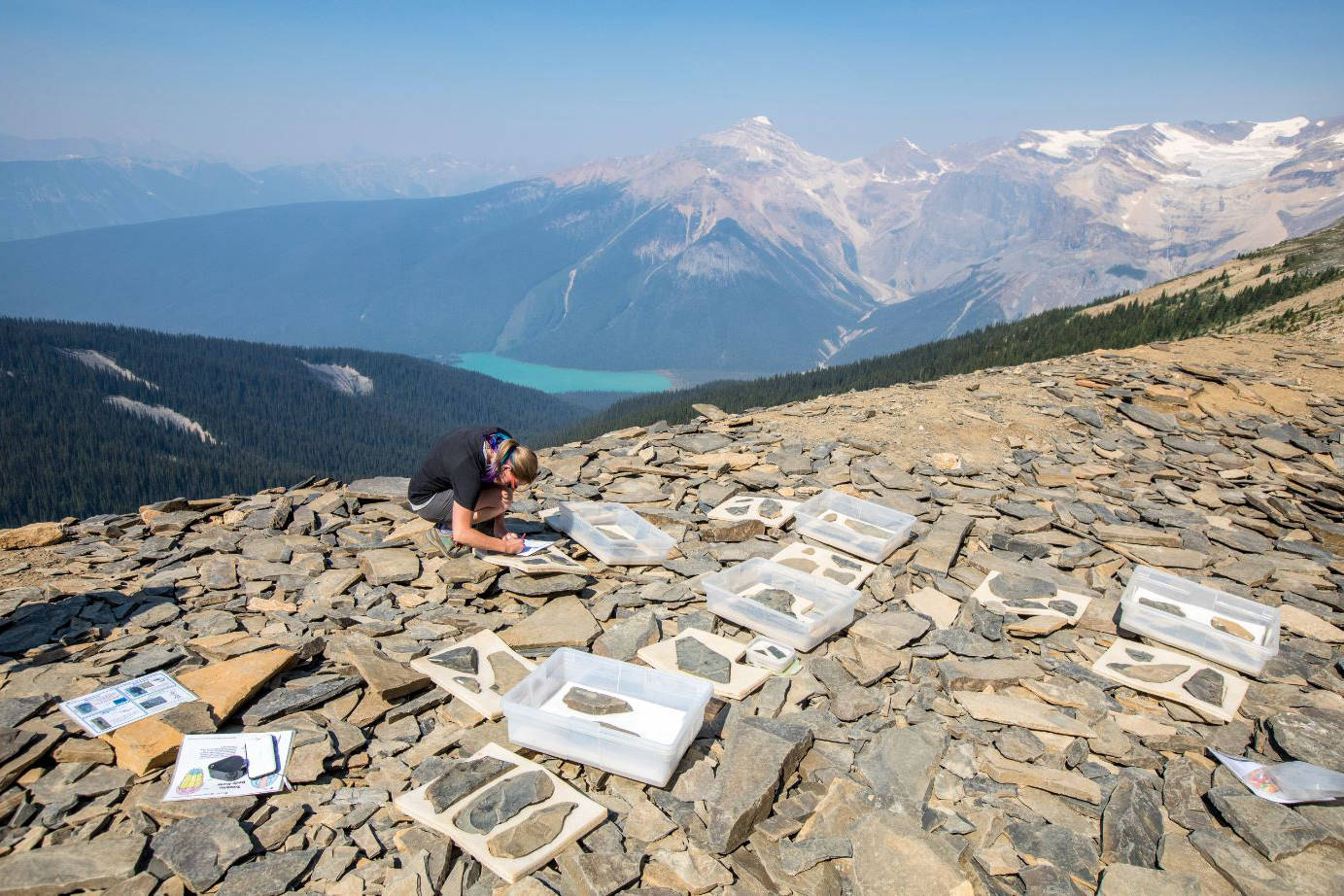
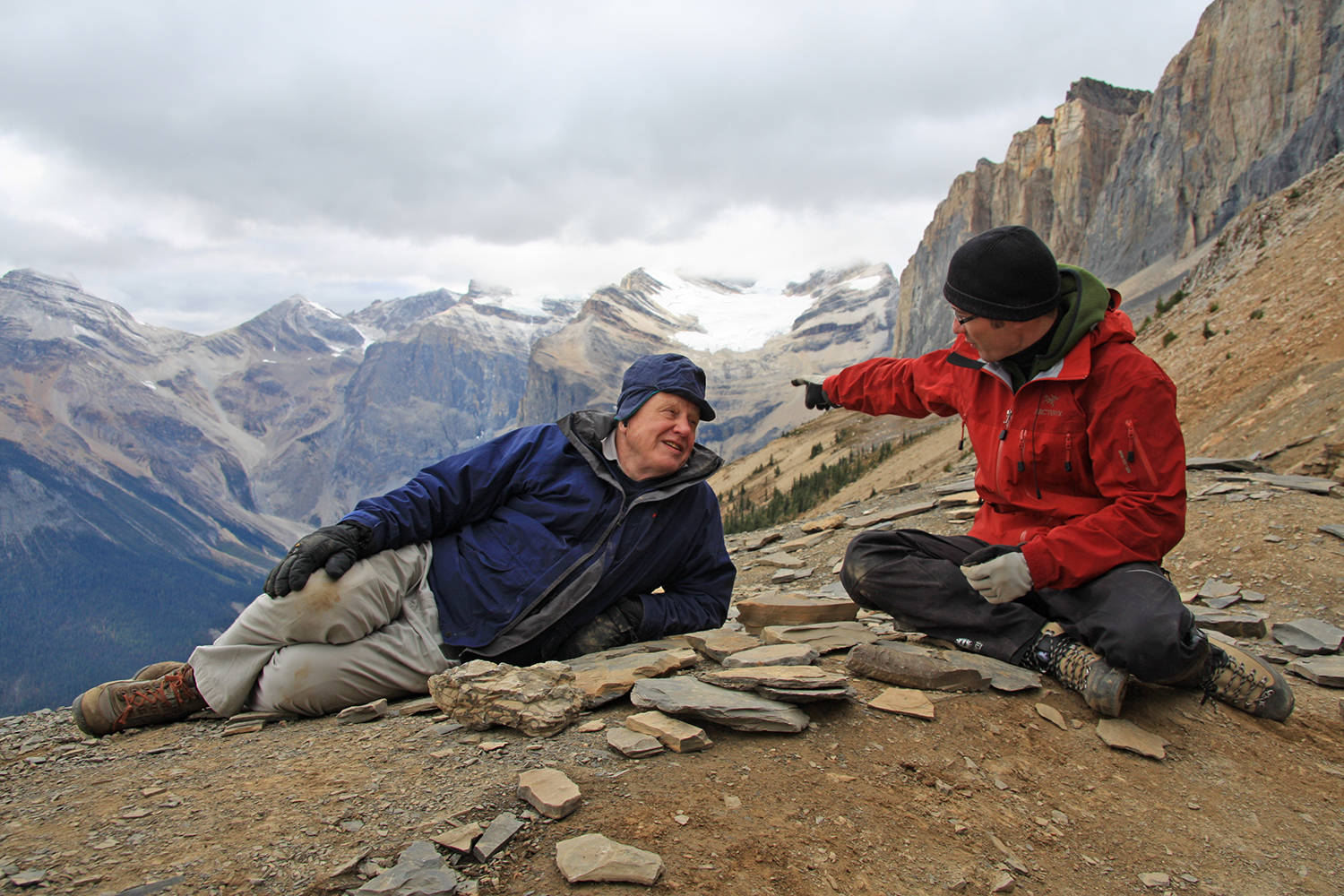
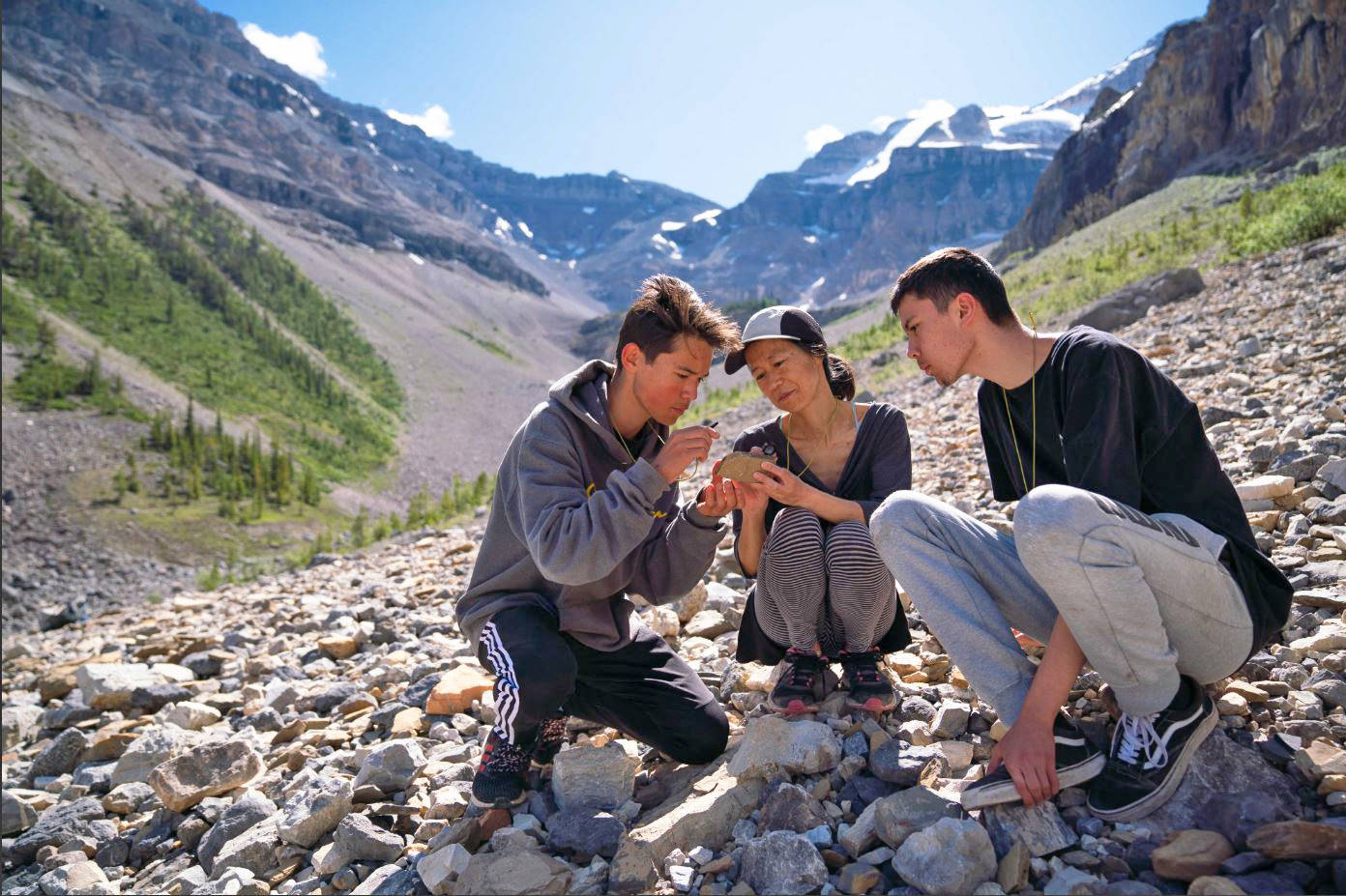
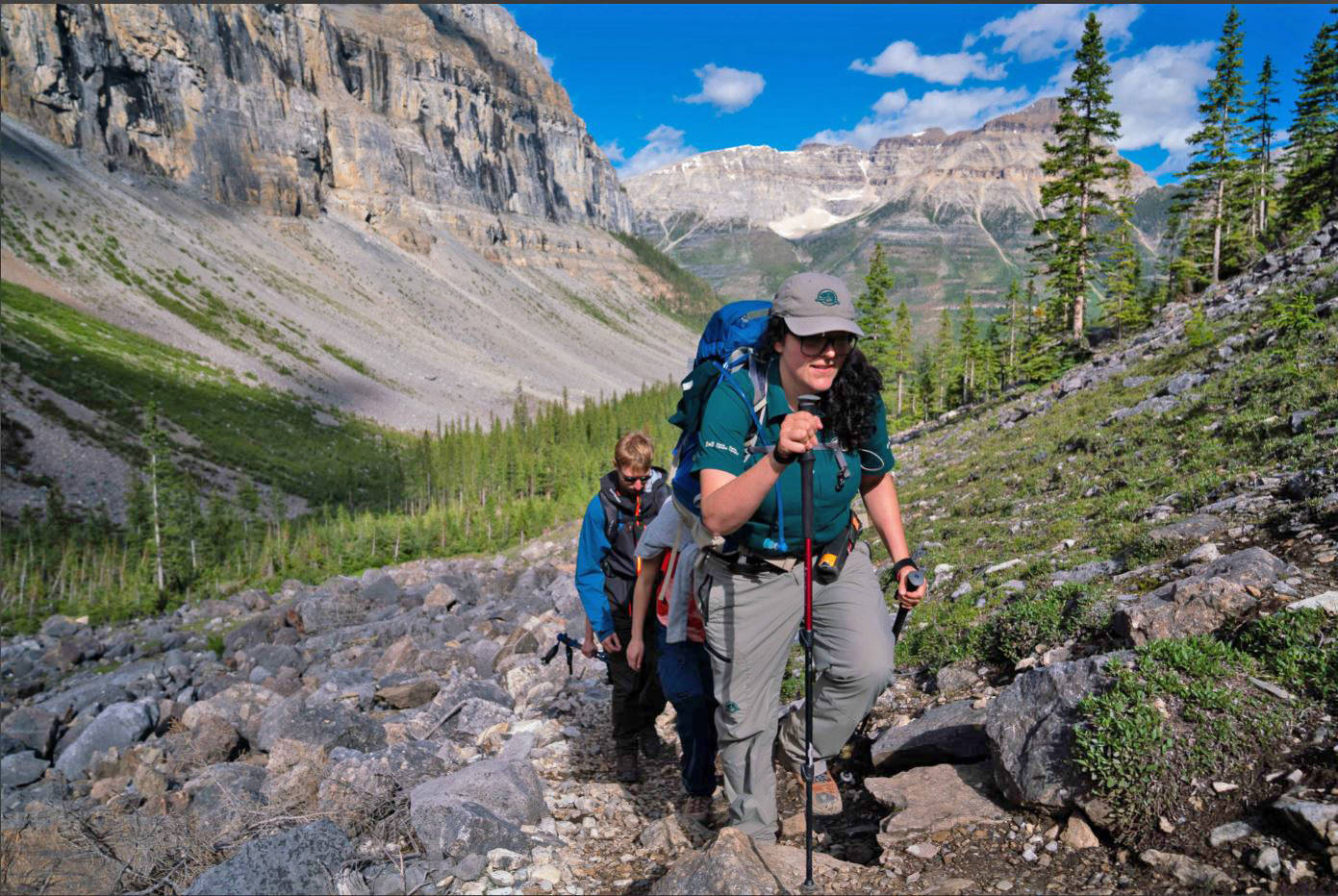









 Union Bay bed and breakfast ranked among top 25 B&Bs in Canada
Union Bay bed and breakfast ranked among top 25 B&Bs in Canada